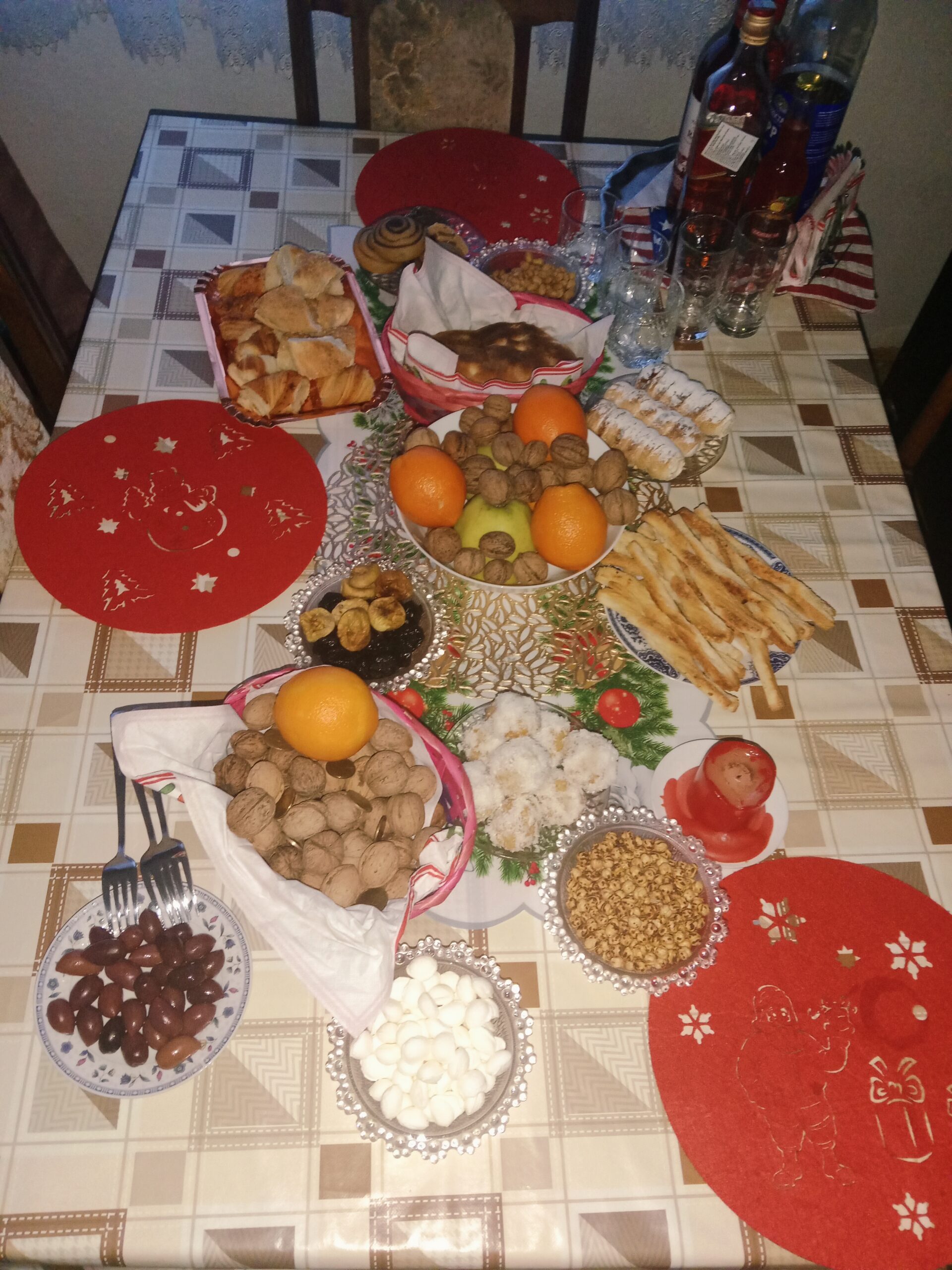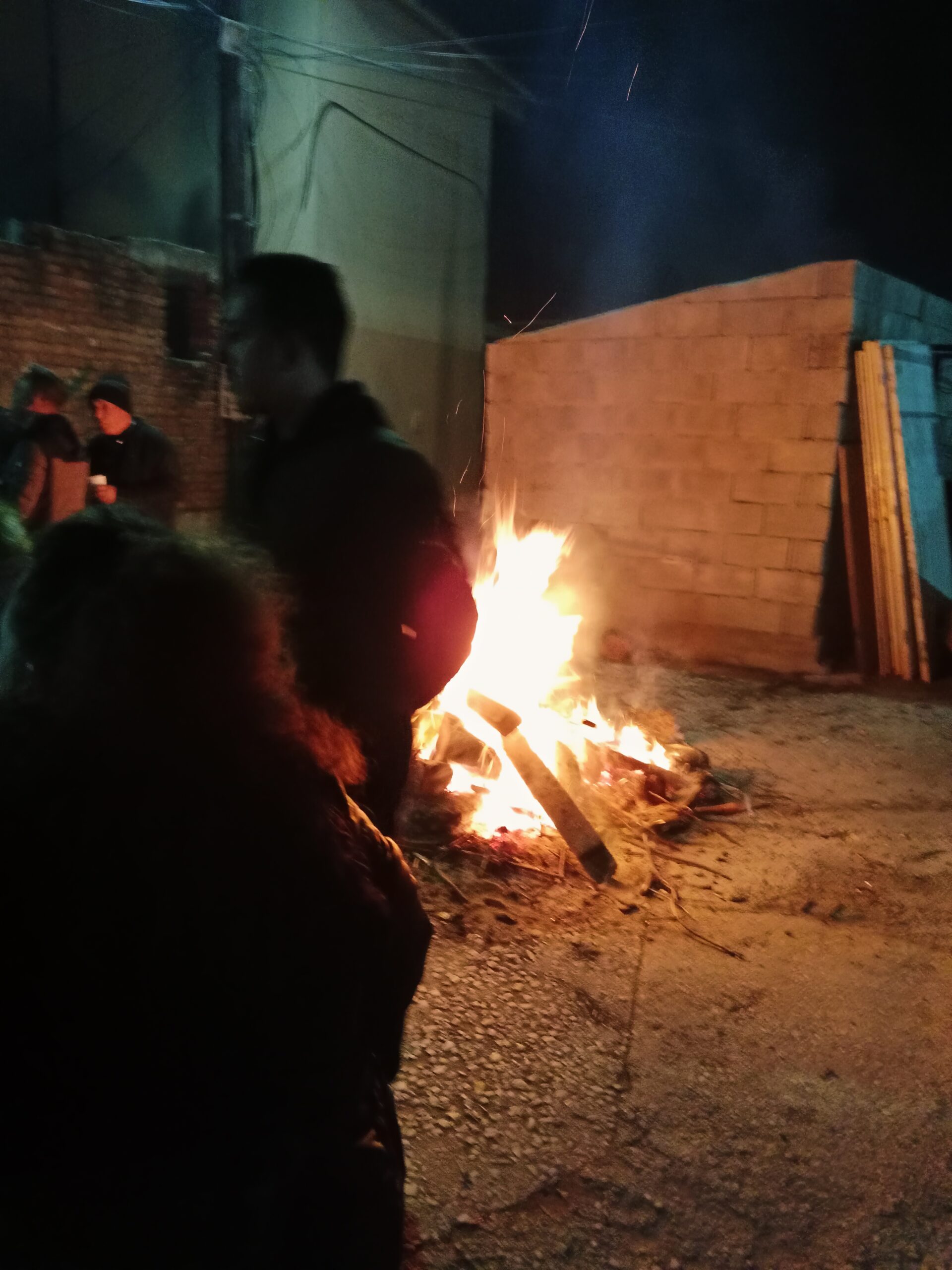Orthodox Christmas and Traditions
BALKAN (January 6, 2025) — The Gregorian Calendar was created by Pope Gregory in 1582 to fix some of the glitches in the Julian Calendar as astronomy became more accurate.The majority of the Christian world adopted it and Great Britain changed to the Gregorian calendar in 1752. However some believers – known as Orthodox Christians – felt this was wrong and stuck with the Julian Calendar.

By 1923, there was a 13 day difference between the two calendars, putting Orthodox Christmas 13 days after December 25, on 7th of January.
All members of the Orthodox Church begin a period of fasting 40 days prior to Christmas. No meat is allowed during the entire fasting period.
After Christmas Eve mass on January 6th, many people will gather with their family and friends to host a giant feast to celebrate the last day of their fast.

In the Balkan Orthodox churches, worship often begins with a short outdoor ceremony involving the burning of an oak branch or young oak tree two days before Christ is born always on January 5 and January 7 is Christmas date never changes, accompanied by a full-throated proclamation of the birth of Christ.
Foods may include:
Lenten bread
Nuts and fresh dried fruits
Vegetables and herbs such as potatoes, peas, and garlic
Mushroom Veggies soup
Slow-cooked kidney beans with potatoes, garlic and seasonings
Baked cod



